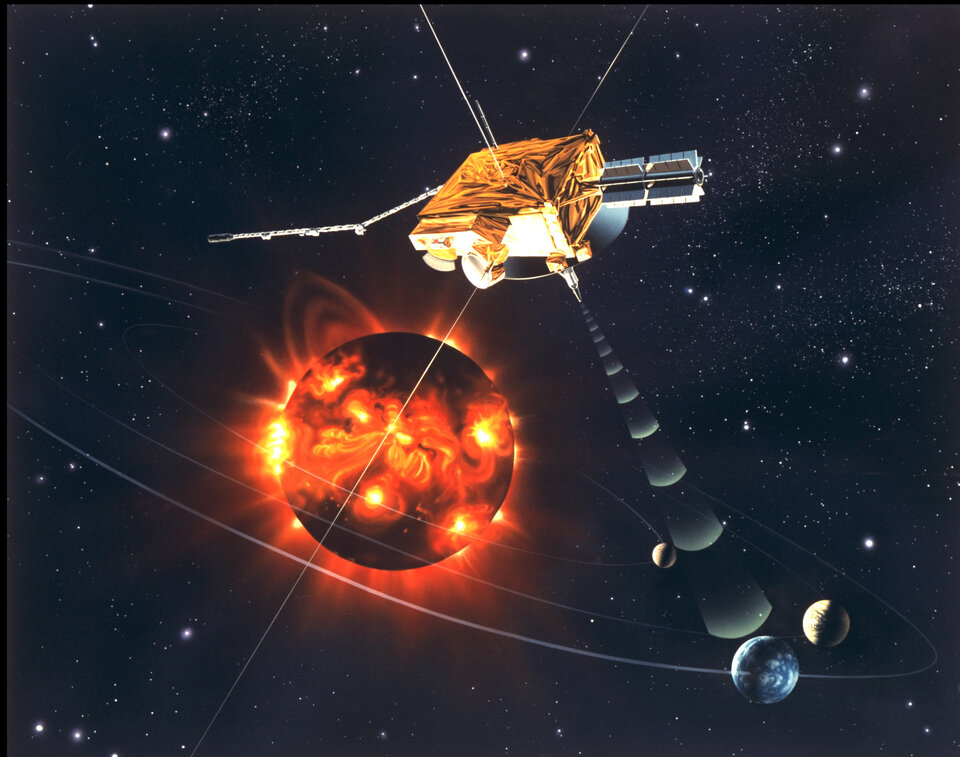Unusual views of the Sun
For centuries, we have worshipped it and wondered at it, but it is only now that we are getting a really good look at it.
Although you can not gaze at the Sun with the naked eye, thanks to modern science and technology we can view images of our nearest star that confirm the fiery glory our ancestors could only imagine.
Today, our views of the Universe are many and varied. The visible light that our eyes can detect is only a small part of the whole range of radiation known as the 'electromagnetic spectrum', which extends from gamma rays, X-rays, ultraviolet rays, visible light and infrared rays, through to microwaves and radio waves.

Each form of radiation provides different and complementary information on the subject viewed, which is why we send cameras into space that can detect invisible as well as visible radiation. And each new view provides new information about our Universe, helping scientists piece together the bigger picture how it all began and when, or even if, it will end.
ESA's solar fleet - SOHO, Ulysses and Cluster - are challenging our understanding and perception of our Sun. The scrutiny of the Sun by spacecraft such as SOHO is providing some unique views of its dynamics and the impact of its activity on Earth.
Since 1995, SOHO has been gazing sunwards, showing us some surprising images of its surface, and its dramatic storms that release huge bursts of high-energy particles. These storms can cause power blackouts, damage to satellites and telecommunications, and even pose a danger to astronauts and people in high-flying craft.


